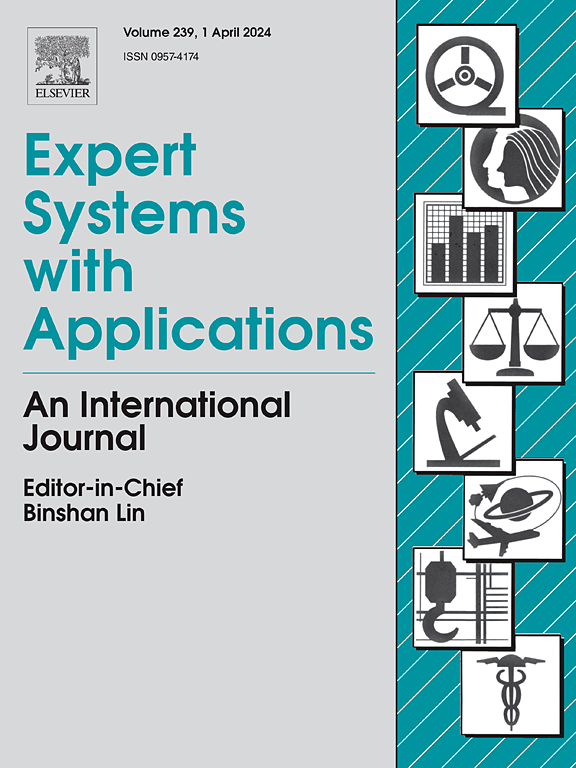Joint spatial feature adaption and confident pseudo-label selection for cross-subject motor imagery EEG signals classification
IF 7.5
1区 计算机科学
Q1 COMPUTER SCIENCE, ARTIFICIAL INTELLIGENCE
引用次数: 0
Abstract
Motor imagery electroencephalograph (MI-EEG) classification plays an important role in noninvasive brain-computer interfaces (BCIs). However, the distribution shifts among different subjects make a major challenge to build classification models. Due to temporally-varying and spatially-coupling characteristics of MI-EEG data, recent methods have suffered from incomplete feature representations and the accumulation of incorrect pseudo-labels, even lower efficiency. To address these issues, the paper proposes a novel method for cross-subject MI-EEG classification, namely Joint spatial Feature Adaptation and Confident Pseudo-label Selection (JFACPS). JFACPS extracts joint spatial feature representations from two perspectives upon the aligned MI-EEG samples, where the spatio-temporal filtering features are extracted upon Euclidean space and the tangent space mapping features are extracted upon Riemannian space. Then, the joint spatial features are incorporated into a discriminative pseudo-labeling framework for feature adaptation. Among them, the samples with large differences in confidence between the highest and second-highest predictions are selected for adaptation. Meanwhile, a novel classifier is introduced to initialize more accurate pseudo-labels with high confidence during the first iteration of feature adaptation. We systematically conducted the experiments on two benchmark MI-EEG datasets, and the classification performance of JFACPS surpasses several state-of-the-art methods. Moreover, ablation studies also demonstrated the significance for both joint spatial feature and confident pseudo-label selection. Based on the parameter insensitivity experiments, our JFACPS method provides a novel calibration option for new subjects participating in MI-BCIs.
求助全文
约1分钟内获得全文
求助全文
来源期刊

Expert Systems with Applications
工程技术-工程:电子与电气
CiteScore
13.80
自引率
10.60%
发文量
2045
审稿时长
8.7 months
期刊介绍:
Expert Systems With Applications is an international journal dedicated to the exchange of information on expert and intelligent systems used globally in industry, government, and universities. The journal emphasizes original papers covering the design, development, testing, implementation, and management of these systems, offering practical guidelines. It spans various sectors such as finance, engineering, marketing, law, project management, information management, medicine, and more. The journal also welcomes papers on multi-agent systems, knowledge management, neural networks, knowledge discovery, data mining, and other related areas, excluding applications to military/defense systems.
 求助内容:
求助内容: 应助结果提醒方式:
应助结果提醒方式:


